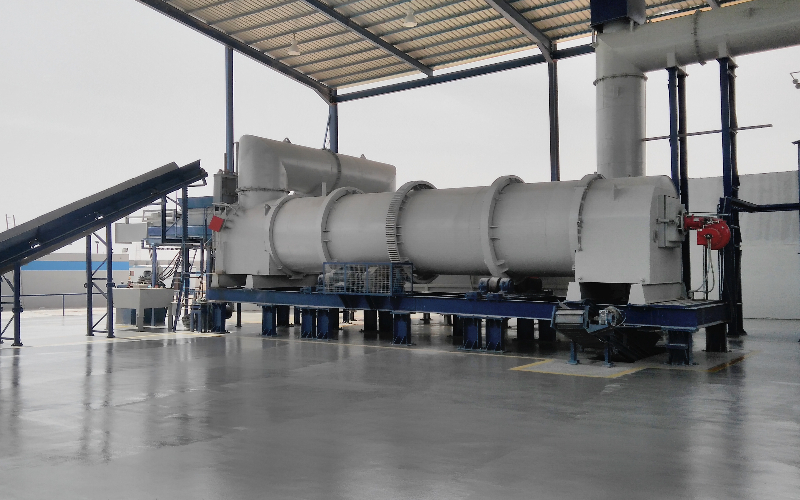For the incineration process to function well, three key components are needed. These include oxygen, heat, and fuel.
All types of waste are burned until all that is left is ash, gas, and heat. Whereas many people still believe that gas produced by burning is harmful to the environment, contemporary incinerators actually sift out pollutants, releasing purely fresh air.
In order to eliminate fly ash and gaseous impurities, modern incinerators come equipped with air pollution control technology (such as fabric filters, scrubbers, and electrostatic precipitators).
By decreasing a community's solid waste to around 10% of its initial volume through incineration, waste disposal is facilitated.








